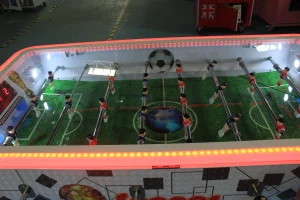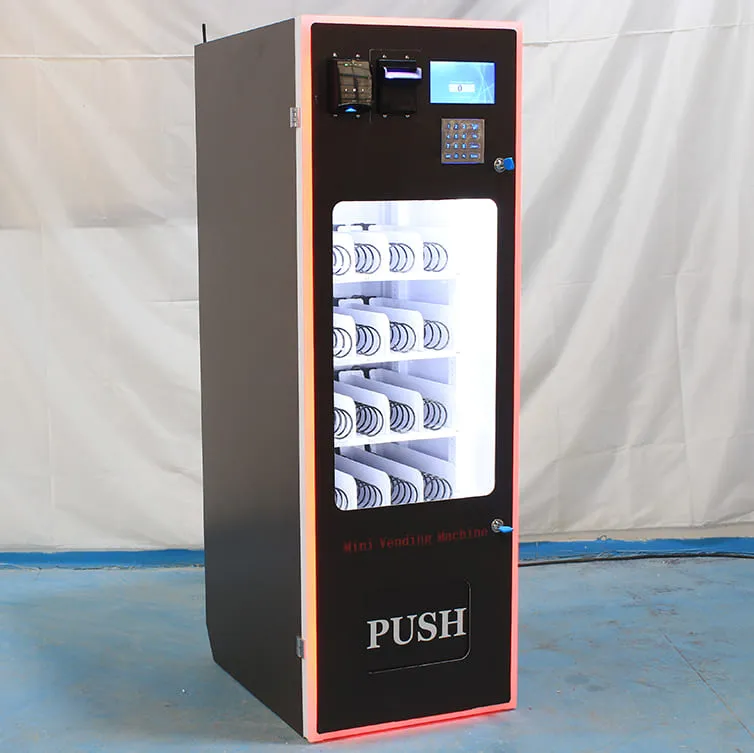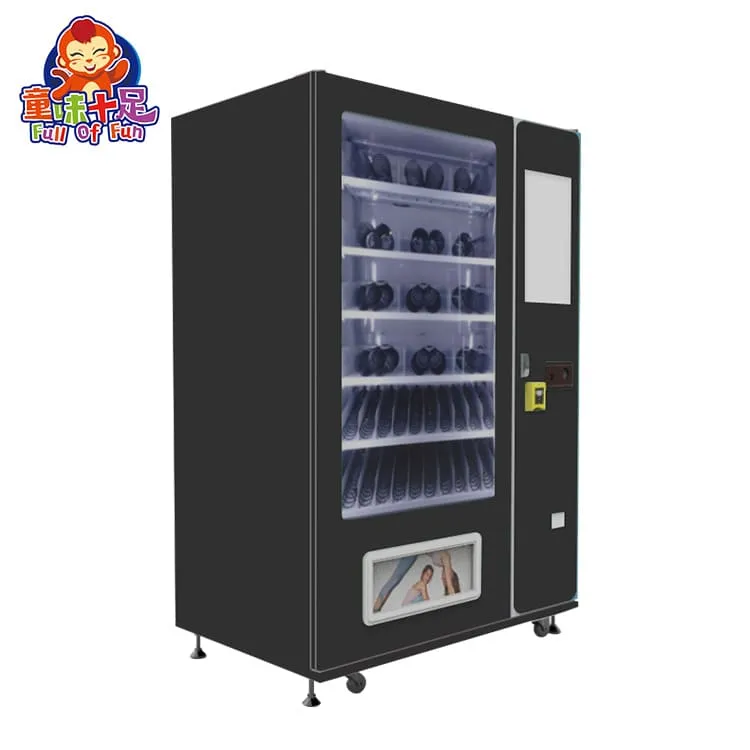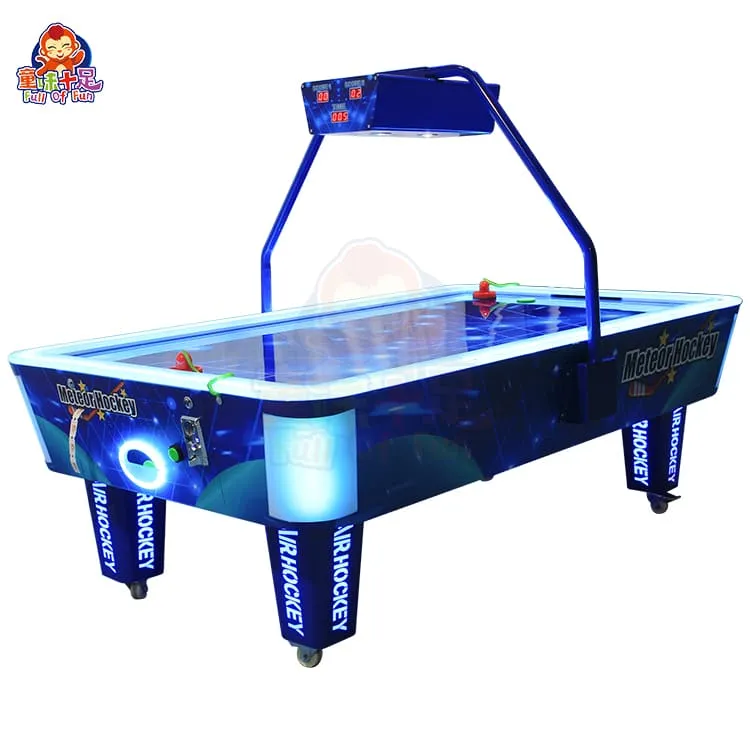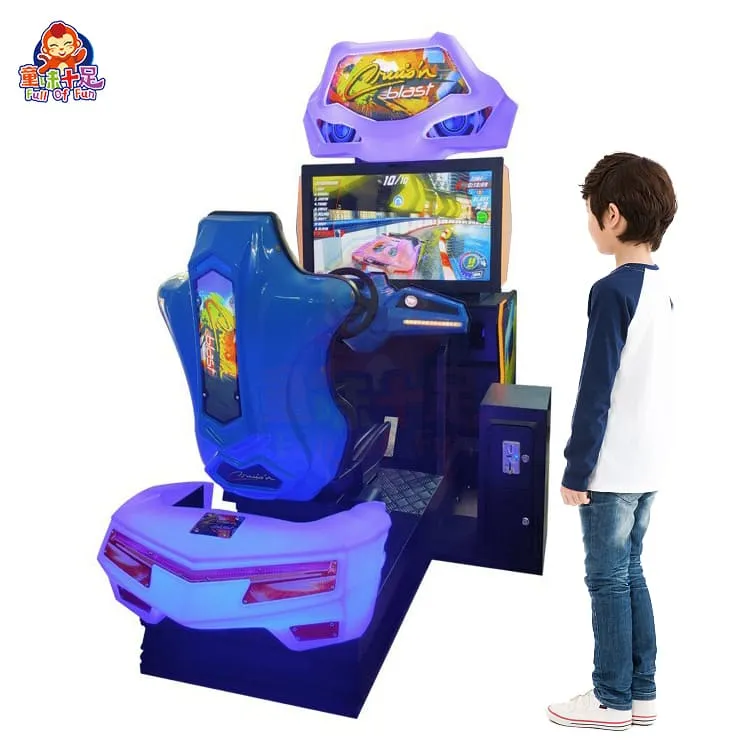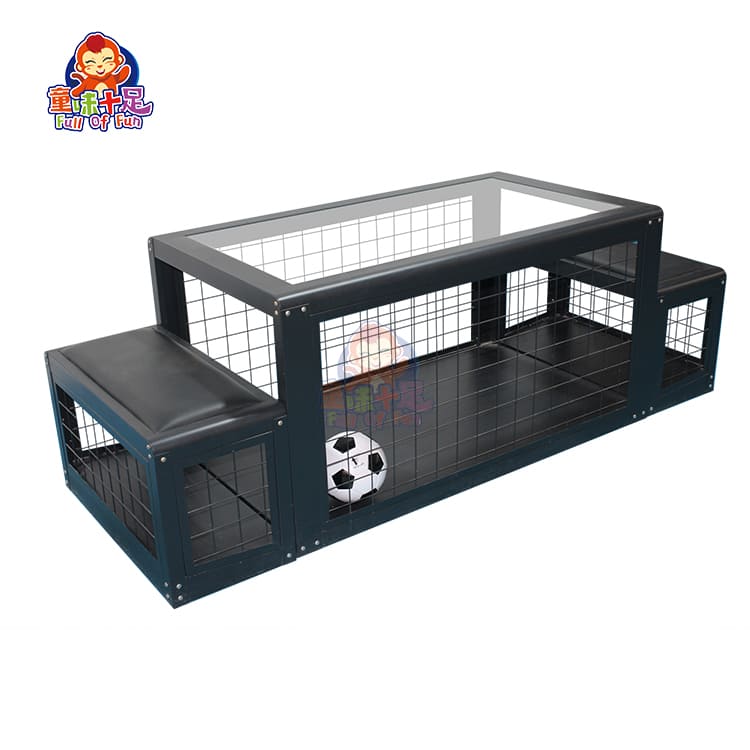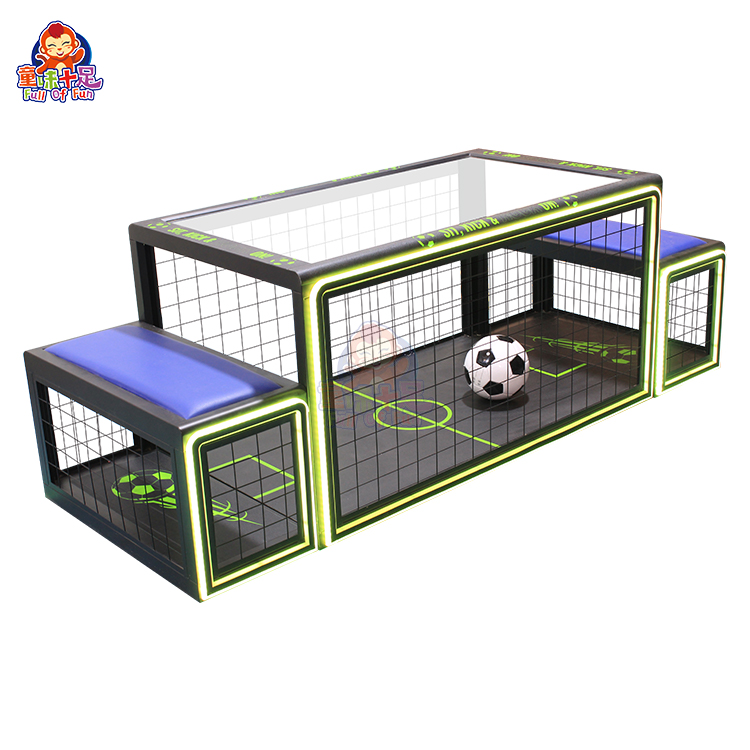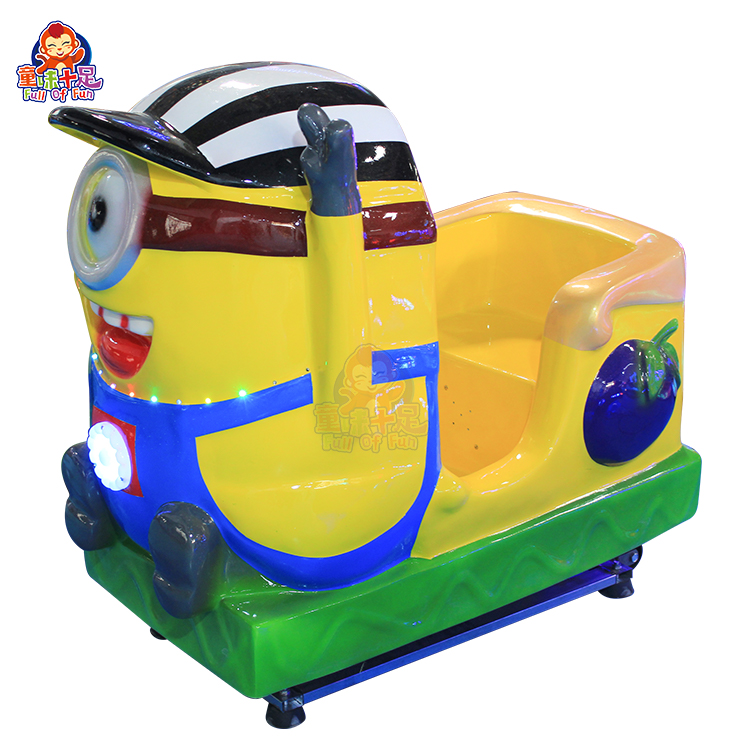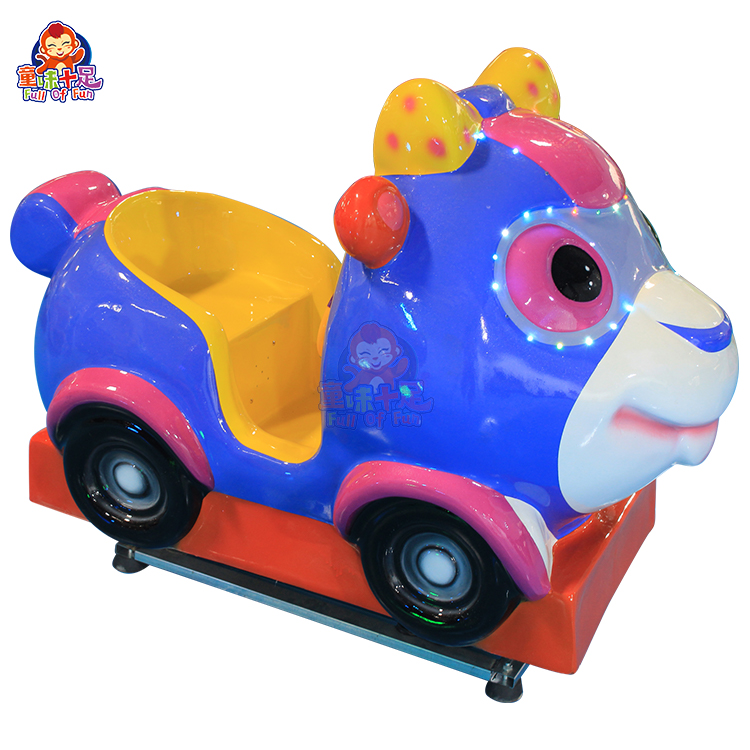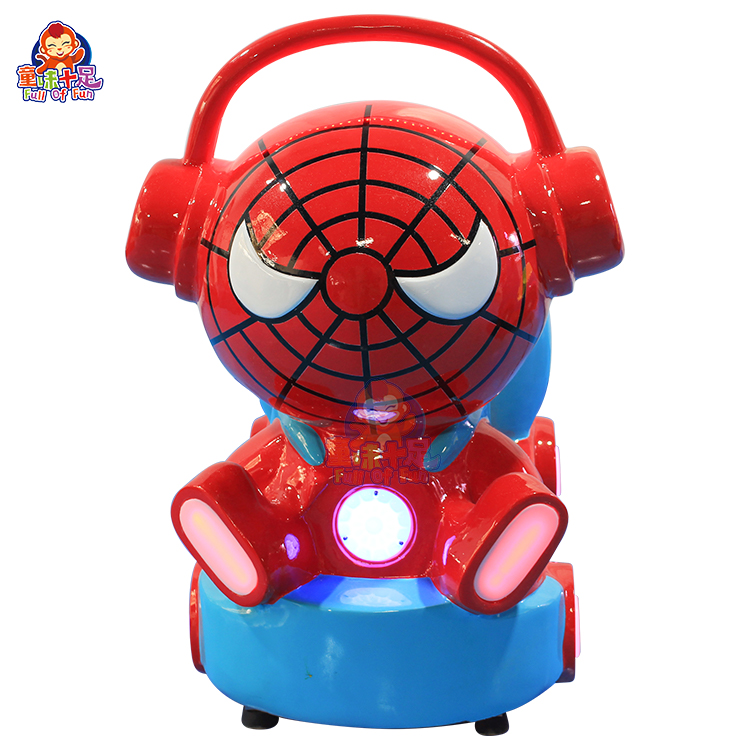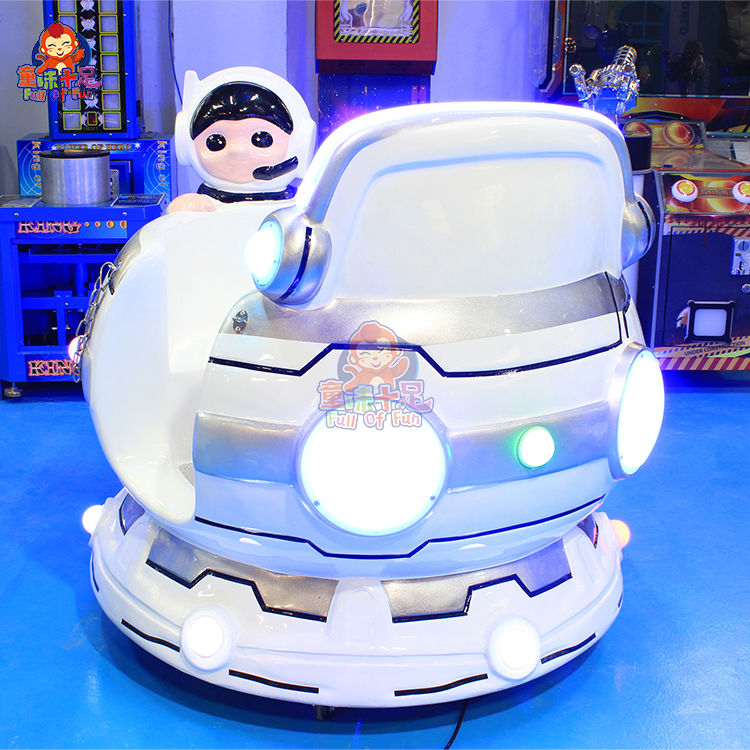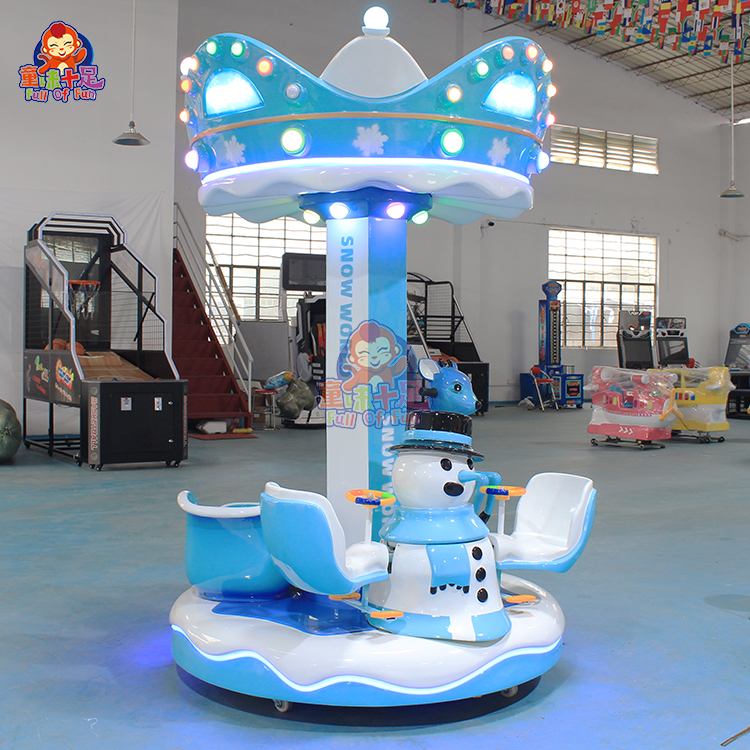Subsoccer Table is an innovative soccer game, also known as “mini soccer under the table.” Many people, upon first encountering it, wonder: Is it similar to the familiar foosball (or table football)? The answer is: they share some similarities, but there are significant differences in gameplay, controls, and experience. Let’s take a closer look.
Introduction to Foosball
Foosball is a tabletop game that simulates a real soccer match. Players manipulate small figures mounted on poles to control the ball and attempt to score goals.
Gameplay Features
- Players: 2 or 4 players, with each team controlling 4 poles.
- Control: Control the figures by rotating and pushing the poles to pass, steer, shoot, and defend.
- Objective: The first team to reach a set score (such as 5 or 10 points) wins.
- Skill Requirements: Hand-eye coordination, reaction speed, and tactical coordination are essential. Table football can be enjoyed as both a family pastime and a competitive sport, suitable for use at home, in the office, at a club, or at a playground.
Introduction to Subsoccer Table
Subsoccer is a new casual soccer game. Players sit at opposite ends of a table and play one-on-one on a miniature court beneath the table by kicking a small soccer ball.
Subsoccer Gameplay Features
- Number of Players: Most often played one-on-one
- Control: The ball can only be kicked with the feet; hands or other body parts are prohibited.
- Playing Field: A miniature soccer field is formed beneath the table, with goals at each end and an enclosed space in the middle to prevent the ball from flying.
- Scoring: Each goal is awarded one point, and victory is determined by scoring first or by a timed score.
- Rules: No table overturning, pinning opponents, or delaying the game; the emphasis is on friendly play and fun.
Subsoccer is simple and fun, with a fast-paced offense and defense. It tests reflexes and ball handling skills, making it suitable for use at home, in bars, cafes, schools, or company lounges.
Comparison Between Undertable Foosball and Subsoccer Table
| Comparison Dimension | Foosball | Subsoccer |
|---|---|---|
| Operation Method | Control figurines with rods by hand | Kick the ball using only the lower limbs |
| Field Location | On top of a table | Small playing area under the table |
| Number of Players | 2-4 players | 2 players |
| Game Pace | Focus on strategy and hand-eye coordination | Fast-paced, emphasizing quick attack and defense |
| Suitable Scenes | Home, office, club, amusement park | Home, bar, café, office lounge |
| Social Attribute | Balance of competition and entertainment | Mainly entertainment and social interaction, emphasizing fun |
Advantages of Subsoccer Table
Simple and easy to play:
No complex tutorials are required; you can learn in minutes.
Suitable for all ages, suitable for family gatherings or just hanging out with friends.
Competitive Thrill:
Despite the small size of the field, the offense and defense are fast-paced, and reflexes and ball control are key to victory.
Social Interaction:
Enhanced interactivity makes it ideal for family, friends, or public spaces.
High Space Utilization:
You can enjoy tea and chat on the table while playing under it, combining entertainment and practicality.
Suitable for all ages:
No long-term running required, making it suitable for children, couples, office workers, and everyone else.
Summary
Foosball and Subsoccer have similar gameplay, but distinct differences:
Foosball emphasizes hand-to-hand skills and strategic coordination, suitable for both competitive and casual players.
Subsoccer: Controlled by kicking, it’s fun and suitable for both entertainment and socializing.
If you’re looking for a new way to experience tabletop soccer while combining social interaction with fun, subsoccer is a well-worth trying option.

